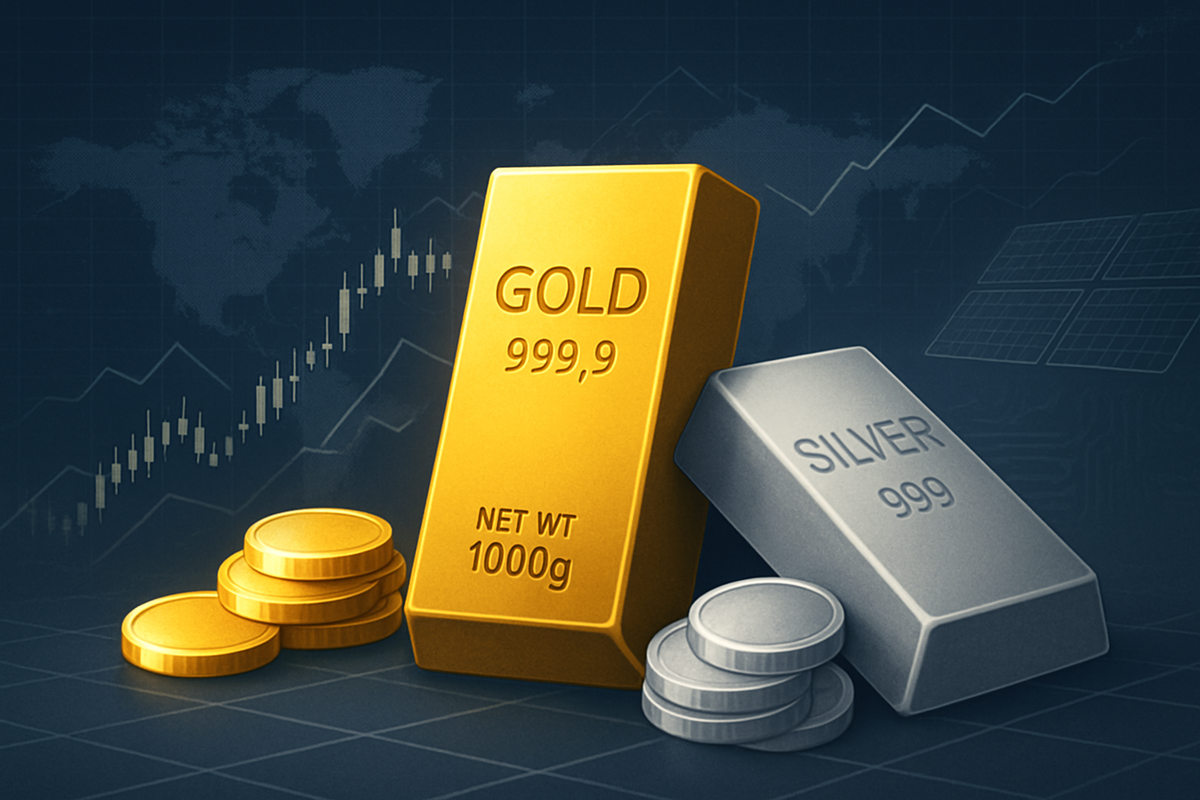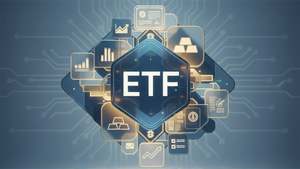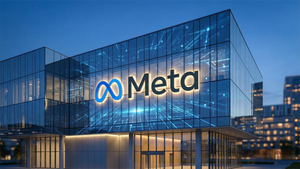
October 19, 2025 – As gold prices soar to unprecedented heights, hitting an all-time record of nearly $4,380 per ounce this month, investors are facing a critical juncture: is the yellow metal still the most prudent safe-haven asset, or does its more volatile counterpart, silver, offer a more compelling opportunity, especially for a significant yet accessible investment of around US$8,000? The current financial landscape, marked by geopolitical tensions, persistent inflation concerns, and a shifting monetary policy, has propelled both precious metals into the spotlight, but their distinct characteristics warrant a careful examination for those looking to diversify their portfolios.
The precious metals market in October 2025 has been nothing short of electrifying. Gold, the traditional bastion against uncertainty, surged to an astonishing $4,379.96 per ounce on October 16, before settling slightly lower at $4,213.30 per ounce by October 19. This remarkable ascent represents a staggering 65% year-to-date increase, reflecting a global "risk-off" environment. Simultaneously, silver, often dubbed "poor man's gold," mirrored this bullish trend, touching its own all-time high of $54.3775 per ounce on October 16. However, silver's journey has been notably more volatile, experiencing a dramatic single-session decline of over 6% on October 17, plummeting to $50.96 per ounce from its peak. This correction, while sharp, was largely attributed to extensive profit-taking after rapid rallies and technical adjustments in an overheated market.
The rally in precious metals leading up to this moment has been a complex interplay of several powerful forces. Geopolitical risks, including ongoing conflicts in the Middle East and Ukraine, coupled with intensifying US-China trade frictions, have fueled a strong demand for safe-haven assets. Economic uncertainties, persistent inflation concerns, and the burgeoning US national debt (surpassing $35 trillion) have further encouraged a rotation into hard assets. Crucially, the Federal Reserve's monetary policy, with signals of further interest rate cuts in October 2025 and beyond, has weakened the US Dollar Index by 9.4% year-to-date, making gold and silver more attractive to international buyers. Central banks globally, acting as key players, have been consistently accumulating gold reserves, seeking sovereign wealth preservation amidst fears of economic decoupling. This confluence of factors has created an environment where both gold and silver are seen as essential hedges against systemic risks, driving their values to historic highs.
The Dual Nature of Silver: Industrial Demand Meets Safe-Haven Appeal
Given gold's elevated price point, an investment of US$8,000 would currently secure approximately 1.9 ounces of gold. While gold offers unparalleled stability and a proven track record as a store of value, its current high valuation might limit significant upside for some investors. This is where silver presents a compelling, albeit riskier, alternative. For the same US$8,000, an investor could acquire roughly 157 ounces of silver at current prices, offering greater leverage to potential price movements.
The primary advantage of silver lies in its dual nature: it functions both as a monetary metal and as a critical industrial commodity. While gold's demand is almost exclusively tied to investment, jewelry, and central bank reserves, silver boasts a burgeoning industrial demand, particularly from the clean energy sector. Industries such as solar photovoltaic (PV) panels, electric vehicles (EVs), and 5G technology rely heavily on silver's superior electrical and thermal conductivity and reflectivity. Research indicates a structural supply deficit in the global silver market for five consecutive years, exacerbated by manufacturing companies maintaining larger inventories as supply chain insurance. Unlike gold, silver recycling faces technical obstacles, with industrial applications often consuming the metal permanently, further contributing to supply constraints. This inelastic industrial demand, coupled with its safe-haven characteristics, provides a unique bullish catalyst for silver that is not present in gold.
However, silver's industrial ties also introduce a layer of volatility not typically seen in gold. Economic slowdowns or shifts in industrial policy can directly impact silver's demand, making its price more susceptible to economic cycles. Gold, by contrast, tends to perform robustly during periods of economic uncertainty, reinforcing its role as a more consistent safe-haven. For investors considering an US$8,000 allocation, the choice between gold and silver hinges on their risk tolerance and investment horizon. Gold offers stability and capital preservation, while silver offers higher potential for capital appreciation due to its industrial demand tailwinds and lower price point, but comes with increased price swings.
Market Movers: Companies Poised for Gains or Losses
The current precious metals boom has significant implications for public companies operating within the mining, refining, and investment sectors. Gold mining giants like Barrick Gold (NYSE: GOLD) and Newmont Corporation (NYSE: NEM) are direct beneficiaries of high gold prices, which translate into higher revenues and potentially fatter profit margins, assuming their operational costs remain stable. Companies with strong production profiles and efficient operations are poised to capture maximum value from the current environment. Similarly, gold streaming and royalty companies such as Franco-Nevada Corporation (NYSE: FNV) and Wheaton Precious Metals (NYSE: WPM) also thrive, as their agreements grant them a percentage of future gold production or revenue, which becomes more lucrative with rising prices.
On the silver side, companies like Pan American Silver Corp. (NASDAQ: PAAS) and First Majestic Silver Corp. (NYSE: AG) are positioned to benefit from both the safe-haven demand and the escalating industrial consumption of silver. The structural supply deficit and robust industrial demand, particularly from solar and EV manufacturers, could lead to sustained higher silver prices, boosting these miners' profitability. However, due to silver's higher price volatility, these companies might also experience greater swings in their stock performance compared to their gold-focused counterparts. Furthermore, companies involved in the fabrication and supply of silver for industrial applications, especially those catering to the green technology sector, stand to gain significantly from this sustained demand.
Conversely, companies that rely heavily on gold and silver as raw materials for manufacturing, such as certain jewelry retailers or industrial users without hedging strategies, might face increased input costs, potentially squeezing their margins. Furthermore, any significant reversal in precious metals prices, perhaps triggered by a sharp improvement in global economic stability or a hawkish shift in central bank policy, could quickly turn these winners into losers. Investors in ETFs tracking precious metals, such as SPDR Gold Shares (NYSEARCA: GLD) and iShares Silver Trust (NYSEARCA: SLV), will see their fortunes directly tied to the underlying metal prices, experiencing the amplified gains or losses.
Broader Significance: A Shift in Global Financial Architecture
The sustained rally in gold and silver in October 2025 transcends mere market speculation; it signals a profound shift in broader industry trends and global financial architecture. The aggressive accumulation of gold by central banks, particularly from emerging economies, is not merely a diversification strategy but a clear move towards de-dollarization and a hedge against perceived systemic risks within the traditional fiat currency system. This trend fits into a broader narrative of increasing geopolitical fragmentation and a desire for sovereign financial independence, potentially ushering in a new era where hard assets play an even more central role in national reserves.
The unique surge in silver, driven by its indispensable role in green technologies, highlights its emergence as a "strategic metal" alongside its traditional monetary function. This positions silver not just as a safe haven but as a critical component of the global energy transition, creating an inelastic demand that differentiates current market conditions from historical precedents. The potential ripple effects are substantial: it could spur increased exploration and mining efforts for silver, leading to technological advancements in extraction, but also raising environmental concerns. Regulatory bodies might also begin to view silver as a critical resource, potentially influencing trade policies and strategic reserves. Historically, the gold/silver ratio has fluctuated, but silver's current industrial tailwinds suggest a potential re-rating relative to gold, especially if the green energy revolution continues to accelerate. This could lead to a narrowing of the ratio, making silver comparatively more attractive.
What Comes Next: Navigating Volatility and Opportunity
Looking ahead, the precious metals market is likely to remain highly dynamic, presenting both opportunities and challenges for investors. In the short term, continued geopolitical instability and the Federal Reserve's anticipated interest rate cuts are expected to provide ongoing support for both gold and silver. However, the recent sharp corrections, particularly in silver, serve as a stark reminder of the inherent volatility, suggesting that further periods of profit-taking and price consolidation are possible. Investors should prepare for continued swings, especially given the rapid ascent seen recently.
In the long term, the outlook for precious metals remains largely positive. Gold is projected to target $4,400-$4,500 per ounce by year-end 2025 and potentially reach $5,000 to $10,000 by 2030, driven by persistent inflation, economic uncertainty, and central bank demand. Silver, with its robust industrial demand, is forecast to continue its ascent, potentially reaching $60-$75 per ounce by year-end 2025 and possibly exceeding $100 per ounce by 2035. Market opportunities may emerge during periods of price weakness, allowing investors to acquire positions at more favorable valuations. Strategic pivots for investors might involve a balanced approach, perhaps allocating a portion to gold for stability and a smaller, more speculative portion to silver for higher growth potential. The key challenges will be managing volatility and discerning genuine long-term trends from short-term market noise.
Comprehensive Wrap-up: A Strategic Play in Hard Assets
In summary, the current financial climate of October 2025 unequivocally highlights the enduring significance of precious metals as a hedge against global uncertainty. While gold's record-breaking prices underscore its traditional role as a premier safe-haven and store of value, its high entry point might prompt investors with a US$8,000 budget to explore alternatives. Silver, with its dual appeal as both a monetary metal and an indispensable industrial commodity, presents a compelling case for higher growth potential, albeit with increased volatility. Its critical role in the burgeoning green energy sector provides a unique demand driver that differentiates it from gold.
Moving forward, the market for precious metals is expected to be characterized by continued strength, driven by geopolitical tensions, inflationary pressures, a weakening US dollar, and ongoing central bank accumulation. Investors should keenly watch for central bank policy shifts, particularly from the Federal Reserve, as well as global economic indicators and developments in the clean energy sector, which will heavily influence silver's trajectory. For those considering an investment around US$8,000, a diversified approach, potentially combining a smaller allocation to gold for stability and a larger, calculated bet on silver for growth, might offer the most balanced strategy in these volatile yet opportunity-rich times. The lasting impact of this period will likely be a reinforced understanding of precious metals as fundamental pillars in a diversified investment portfolio, especially as the world navigates a complex transition in its economic and geopolitical landscape.
This content is intended for informational purposes only and is not financial advice





